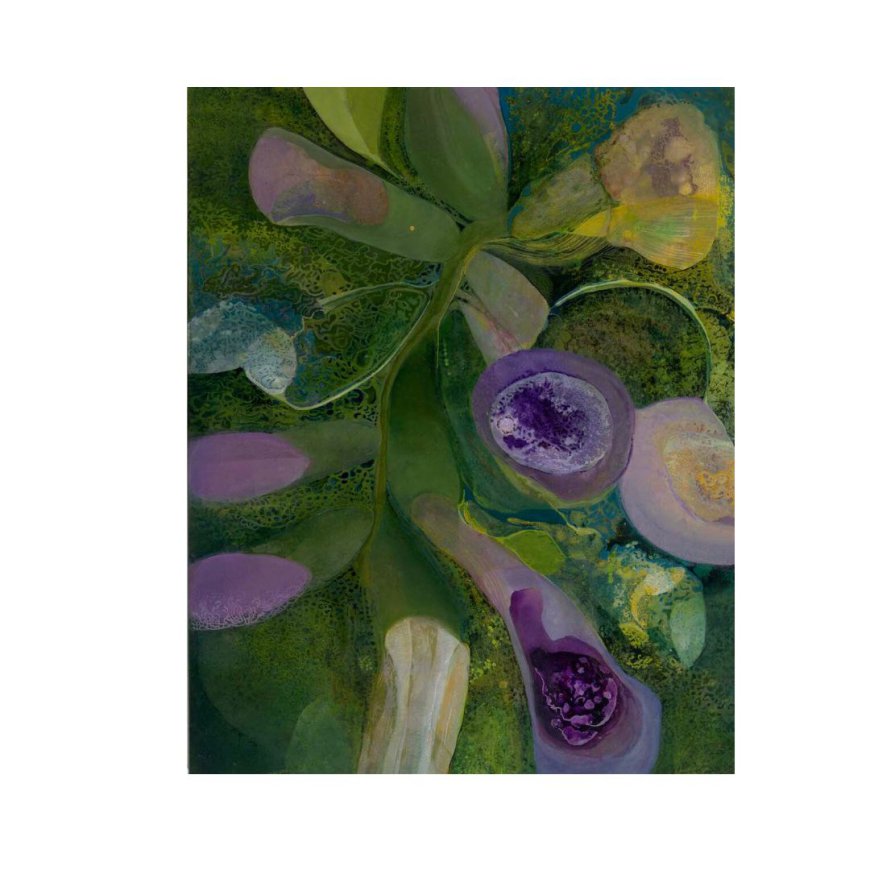Art Meets Earth: How Eco-Philosophy Shapes Contemporary Art?
In today’s art scene, eco-philosophy plays a crucial role in shaping the colours and forms that artists choose.

In today’s art scene, eco-philosophy plays a crucial role in shaping the colours and forms that artists choose. By merging environmental awareness with artistic expression, many painters are rethinking their approach to colour and structure. This article explores how eco-philosophy influences contemporary art, focusing on the impact it has on the works of painters involved in deep ecology.
Understanding Eco-Philosophy in Art
Eco-philosophy emphasises the interconnection between nature and humanity. It encourages artists to reflect on environmental issues and their relationship with the Earth. This philosophy promotes a deep respect for nature, inspiring artists to use their platforms to raise awareness about ecological concerns. A study by the National Endowment for the Arts revealed that approximately 40% of artists in the U.S. incorporate environmental themes in their work.
This trend highlights that art is not merely about aesthetics; it serves as a medium for communicating powerful messages regarding sustainability and ecological balance. Consequently, the choices of shades and forms in art are becoming more intentional, reflecting the artist's stance on environmental issues.
Colour Choices: More Than Meets the Eye
Colours in contemporary art often carry significant meanings related to environmental themes. Many artists are increasingly drawn to earthy tones—such as greens, browns, and blues—that evoke the natural world. These choices are deliberate, stemming from a desire to connect viewers with nature. For example, using vibrant hues can symbolise the richness of life, while darker hues might represent decay or environmental distress.
This interplay of colours enables artists to engage audiences on multiple levels, prompting them to reflect on their own ecological impact. Additionally, some painters in San Antonio, TX, are experimenting with unconventional pigments derived from natural materials, further emphasising the bond between their work and the environment.
Form and Structure: Reflecting Nature's Dynamics
Form is another critical aspect influenced by eco-philosophy. Many contemporary artists are exploring organic shapes that mimic natural forms. Curves and flowing lines can echo the dynamics found in nature, underscoring the interconnectedness of all life. This approach not only highlights the beauty of the environment but also invites viewers to consider their relationship with the world around them.
In urban areas, artists often use local materials and techniques that resonate with their immediate environment. These forms frequently draw inspiration from local landscapes and ecosystems, making the art a reflection of both beauty and the challenges faced within those ecosystems.
The Role of Community
Community involvement is vital in this artistic movement. Many painters involved in deep ecology collaborate with local organizations to raise awareness about environmental issues. They often hold workshops or exhibitions that encourage public participation, transforming art into a communal experience. A recent survey indicated that 55% of community art projects in urban areas focus on environmental sustainability, demonstrating the collective commitment to ecological advocacy.
Conclusion: A Canvas for Change
Eco-philosophy is reshaping the way contemporary artists approach shades and form. By using their art to highlight environmental concerns, they are not only expressing their creativity but also advocating for a more sustainable future. As you explore the works of these artists, consider the deeper meanings behind their choices and understand the vital connection between art and ecology.
In a world facing significant environmental challenges, art can serve as a powerful tool for change. Whether you are an aspiring artist or an art enthusiast, reflect on how eco-philosophy influences the vibrant works created around you.

 normajean
normajean